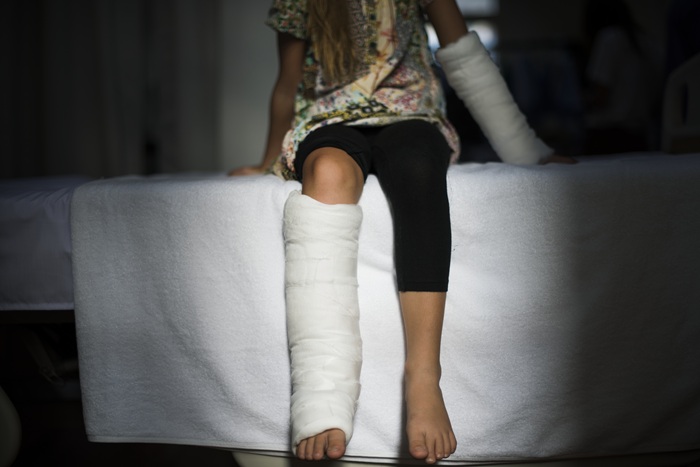
When a child breaks a leg, it can be an overwhelming experience for both the child and the parents. The journey from the initial injury to full recovery often involves more than just having the leg in a cast. Once the cast is removed, many parents wonder: what comes next? This is where physiotherapy plays a crucial role in restoring strength, movement, and confidence. If you are searching for ways to support your child’s recovery, visiting a physiotherapy centre Aylesbury may be the right step forward.
When a leg is in a cast, the muscles around the injury become weak due to lack of use. Joints can feel stiff, and movement may be limited. For children, who are naturally active and still developing, these side effects can impact not only physical recovery but also their overall confidence and willingness to get back to normal activities such as running, playing, or even walking without fear.
Physiotherapy helps by:
Physiotherapy for children is not the same as physiotherapy for adults. Children need treatment plans that are age-appropriate, engaging, and designed with their unique needs in mind. A qualified paediatric physiotherapist understands how to make therapy enjoyable while ensuring it is effective.
A typical session at a physiotherapy centre in Aylesbury may include:
Every child’s recovery journey is different, depending on the severity of the fracture, how long the cast was on, and how active the child was before the injury. Some children bounce back quickly, while others may need more time and encouragement.
Generally, once the cast is removed, physiotherapy may last for several weeks to a few months. The goal is not only to help your child walk normally but also to ensure they can run, jump, and participate in sports and play without hesitation.
It’s important to remember that recovery isn’t just physical. Children may develop a fear of moving or worry that they might hurt themselves again. Physiotherapists work with children to address these fears, encouraging them to trust their bodies again. Parents also play a big role by being patient, supportive, and celebrating small milestones along the way.
Having access to a trusted local physiotherapy centre means you won’t have to travel far for appointments, which can be especially important when dealing with a child who may already be tired or nervous about treatment. Local centres also understand the community and often work closely with schools or sports clubs, providing continuity of care.
So, will physiotherapy work on your child who has broken his leg? Absolutely. Physiotherapy is not just about physical healing; it helps your child regain strength, confidence, and independence. It provides structured support to make sure the leg recovers fully, and your child gets back to running, playing, and being active without limitations.
If you’re in Buckinghamshire, consider visiting a physiotherapy centre in Aylesbury where professionals can guide your child through a tailored recovery plan. With the right help and encouragement, your child will be back on their feet—literally and figuratively—in no time.
Dig deeper into physiotherapy, health, and related topics that you care about by signing up for our newsletter.